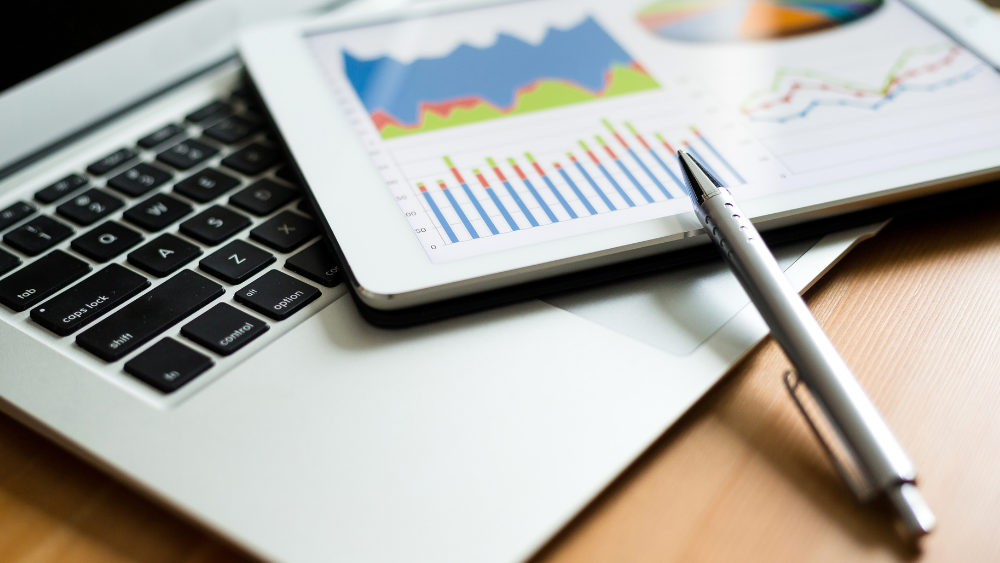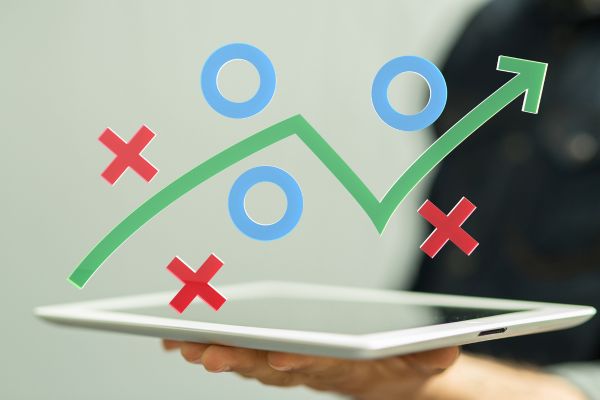Insights
INSIGHTS
All Topics
My Account
Data analytics trends for 2022
15 Nov 2021by Joe Lepper
We look at the major trends in data analytics for charities to consider in the months ahead
In recent years charities have been focusing on ways to ramp up their analysis of data. This is a trend that will continue into 2022, as data analytics is increasingly used to inform charity leaders around the best use of service delivery, fundraising, marketing, and more.
From accessing the benefits of artificial intelligence (AI) and the cloud to tackling gaps in knowledge and keeping up with innovations in the private sector, there is plenty for charities to consider around their use of data in the coming months.
Here we look at the trends set to dominate the charity sector.
Catching up with the private sector
2022 will see a greater focus on the charity sector to tackle gaps in data to maximise its effectiveness and prove its value to politicians and funders. Crucially this will see the charity sector focus much more on competing with innovations in the private sector.
This drive to bolster data analytics has emerged as a key theme from think tank Pro Bono Economics charity sector research project the Law Family Commission on Civil Society.
Research published in October 2021 by the Commission found that the charity sector is blighted by gaps in data analytics that are holding it back, particularly in proving the collective value of the voluntary sector itself, to the economy and society.
It warns that too much of charity data analytics “is stuck in unreadable formats” and is lagging behind the private sector’s use of statistics.
It is calling for “social economy satellite accounts” to be created by government so that official statistics on charities’ contribution to the economy are published and compared with private business’ economic data.
“There is a chasm between the information we have on businesses and the information we have on charities right now,” says Pro Bono Economics research and policy director Anoushka Kenley.
Being proposed is the setting up of a social sector data standards and co-ordination working group, involving charities and government to help the sector catch up with businesses in their data analytics. The setting up of this group has been backed by charity sector leaders.
Continue innovating with AI
AI has been a force for good for charities, helping them to better understand their data and create a raft of automated service delivery tools such as chatbots. This will continue into 2022.
AI will increasingly help charities create better learning algorithms, interpretable systems and speed up almost every aspect of their organisation. Charities will begin to rely much more on machine learning and the benefits of AI than ever before.
Among emerging innovations to allow this will be using AI as a service (AlaaS). This refers to off-the-shelf AI tools to help charities and other organisations use AI techniques at a fraction of the cost if implementing the use of this technology in-house.
AlaaS can be bought by a third-party specialist and tweaked to fit the best needs of the charity. Going into 2022 this will increasingly address the prohibitive cost of developing AI for many charities, as well as a shortage of skilled AI specialists in the sector.
Understanding synthetic data
But AI also has negative uses, particularly with generative AI being used to create so-called deepfake videos to make people believe that celebrities, politicians, and others are saying and doing things that have no basis in reality.
Star Wars fans will see the good side of this, with their favourite characters from the past such as Luke Skywalker appearing in recent TV shows and films. But sadly, it is also being used for nefarious reasons.
Synthetic data is key to this, as it uses facial recognition algorithms to recreate people’s likeness. In 2022, charities will need to develop a greater understanding of synthetic data to be on hand to rebut and challenge its use for negative reasons.
Relying more on the cloud
As Pro Bono Economics’ Law Family Commission on Civil Society research found, charity data analytics technology is too often lagging behind business.
Charities using legacy data analytics solutions need to consider adopting cloud-based products to avoid falling further behind cloud-native analytics solutions each year.
Advantages include ensuring products can be constantly updated and improved, to protect against evolving cyber-security risks as well as keeping up to date with latest trends in data intelligence.
Increasing focus on small data and TinyML
The growth of data analytics has created ever more complex algorithms to model human language and behaviour. This is often referred to as Big Data.
To cut through this complexity, organisations in 2022 will increasingly look at the benefits of TinyML (machine learning) and small data.
TinyML essentially shrinks data so that it can be used effectively in small hardware and focuses on only the relevant data needed.
Areas this can be used in include wearable technology, home appliances and industrial equipment. There are clear benefits of embracing TinyML to deliver digital services to beneficiaries quicker as well as to charity professionals to help with specific tasks.
This form of data analytics is also better for the environment, using low powered hardware.
More on this topic
Recommended Products
Our Events
Charity Digital Academy
Our courses aim, in just three hours, to enhance soft skills and hard skills, boost your knowledge of finance and artificial intelligence, and supercharge your digital capabilities. Check out some of the incredible options by clicking here.




















